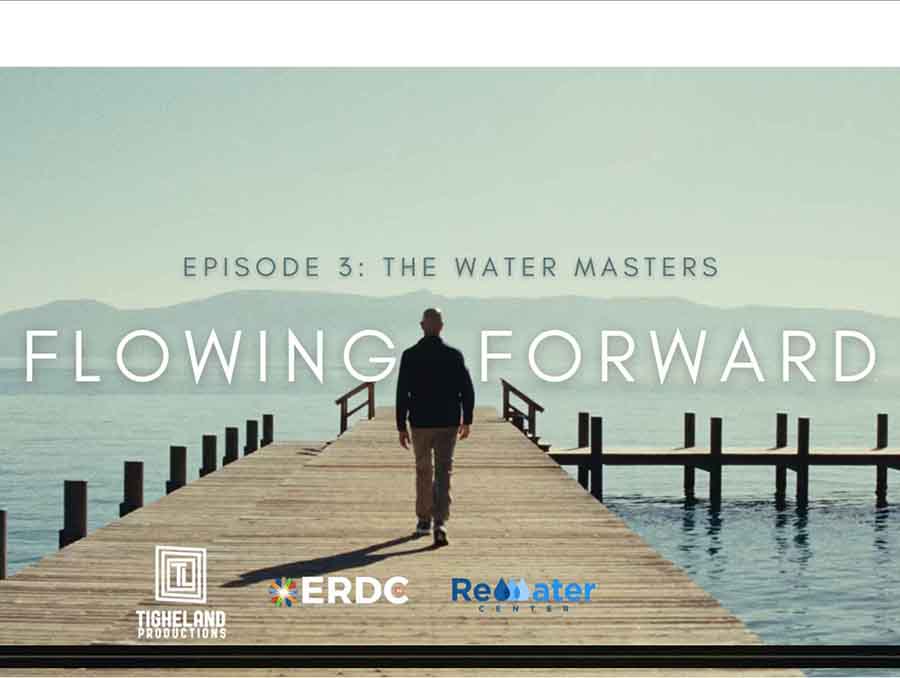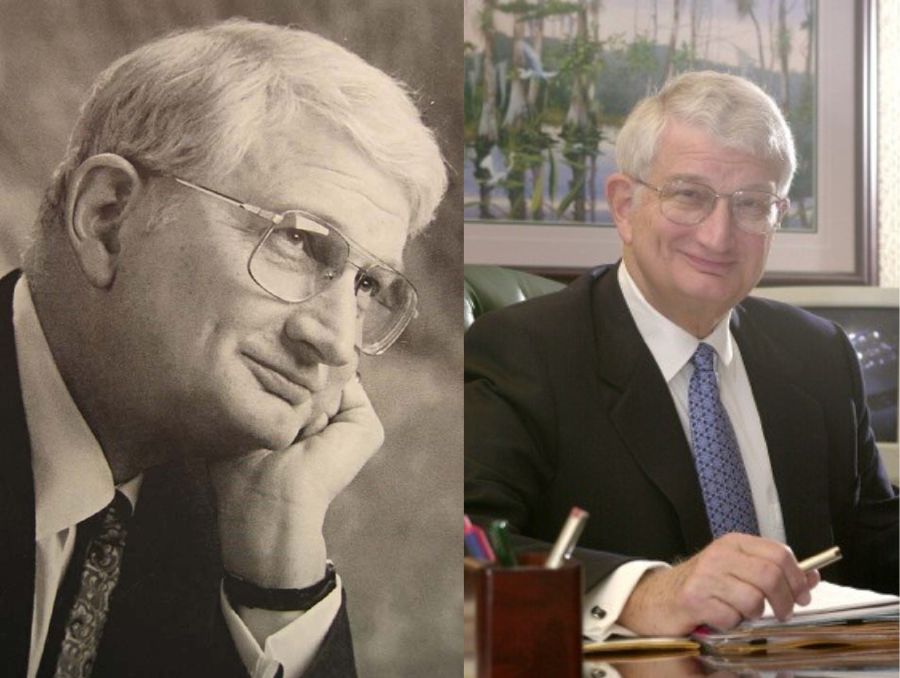Julie Loisel, an assistant professor of geography at the University of Nevada, Reno, was recognized with a prestigious CAREER Award from the National Science Foundation (NSF). Loisel is one of five NSF CAREER Award recipients from the University this year.
The NSF publicizes a 17% success rate in proposals to this competitive program. However, University faculty have fared much better in recent years, with success rates, on average, around 25%, indicating how high-achieving University faculty are nationwide.
Loisel’s CAREER Award is titled, “Past, Present, and Future of the Peatlands of the Caribbean: Implications for the Carbon Cycle in a Changing Climate.” Loisel received over $800,000 for her CAREER Award to study peatlands in tropical regions. Peatlands are severely understudied in the tropics, limiting the ability of scientists, governments and conservation organizations to understand the carbon sequestration capacity of tropical regions, which are undergoing significant change and will continue to do so with climate change.
Below, Loisel answers some questions about how she plans to use the CAREER award to make important contributions to data about peatlands in the tropics, knowledge about peatland initiation, and capacity for others to improve data and knowledge in the tropics.
Please describe the research your CAREER Award will support.
Tropical ecosystems are subject to some of the highest rates of land-use change and degradation globally. These ecosystems are also being affected by climate warming and changing modes of hydroclimate variability. Many of these conditions have the potential for important feedbacks on our climate, especially through carbon cycling. However, the impacts of these changes on ecosystem carbon budgets are uncertain and understudied. This is particularly the case for soil carbon: alarmingly, field evidence that pertains to the extent and location of tropical soil carbon stocks, the amount of carbon they store, the processes that control their net carbon balance, and their sensitivity to the aforementioned local and regional agents of change remain sparse.
This study specifically looks at tropical peatlands: most current maps are believed to broadly underestimate and/or provide misleading tropical wetland (and peatland) areas as well as unreliable carbon stock estimates. Likewise, the origin, timing, and developmental history of peatland complexes across the tropics are poorly known, making it challenging to identify and quantify the main controls on peat formation. These data and knowledge gaps make it difficult to predict peatland evolution and their associated carbon balance under present and future conditions. As such, we don’t quite understand where or why peat forms under tropical conditions, and what controls accumulation rates. This project is the first to aim at gaining an integrated understanding of the origin and development of Caribbean peatlands using extensive field surveys, detailed peat-core data and synthesis, as well as process-based peatland modeling.
This work will contribute to expertise in Earth System Science, help advance the peatland community’s research agenda and help guide policy and land management decisions.
What are the real-world implications of this research? What do you hope to achieve?
This research focuses on the Caribbean and specifically Costa Rica and Nicaragua. In these countries, there are no current inventories or even definitions of peatlands. These knowledge gaps really hinder our capacity to inform policy making and natural resource management, including conservation efforts. Peatlands are the most important terrestrial carbon stores in the world, and in the tropics these ecosystems are also biodiversity hotspots. If we don't even know where the peatlands are, how much carbon they contain, and how resilient they are to ongoing and future climate change, we are missing a great opportunity to help these countries manage these ecosystems wisely.
Countries that contain tropical peatlands, such as Costa Rica, are very interested in getting to know these carbon-rich ecosystems, as this knowledge might help improve their protection as providers of important ecosystem services such as carbon storage, water flow mediation, and habitat for unique species. For instance, the quantification of soil carbon stocks in tropical rainforest peatlands would constitute a first step towards understanding the value (on the carbon market) of these ecosystems. This knowledge could then lead to the development of policies aimed at ecosystem protection. Costa Rica has often been seen as a leader when it comes to conservation, and their quest for peatland knowledge is now at the forefront of the country’s conservation agenda. Indeed, this country now includes commitments to its Nationally Determined Contributions (NDCs) related to increasing carbon sequestration and/or reducing greenhouse gas emissions from terrestrial ecosystems. In addition, by 2030, improved schemes for Payments for Ecosystem Services (PES), which are expected to include soils and peatlands as priorities, should become more widely available and potentially useful for continuing the wise management of Costa Rica’s natural ecosystems. It is Costa Rica’s ambition to move quickly in this field. To achieve these policy objectives, better knowledge about the distribution and status of national peatlands is key. The new knowledge that will come out of my project is expected to provide the first peatland carbon stock estimates for Costa Rica, which would help advance the country’s NDCs and PES plans.
What spurred your interest in this research area? How has your interest evolved?
I've been studying peatlands from high-latitude regions since I was an undergraduate student. Over the past 20 years, my work has focused on Canadian, Alaskan, and southern Patagonian and Antarctic peatlands; in fact, most research on peatlands has taken place in the northern regions of the world. In my field, we all know that the tropics are critically understudied, so for my CAREER award, I wanted to broaden my research by traveling to the tropical region of the Americas to develop research questions pertinent to this new frontier of peatland science.
How are you planning to integrate education and outreach into your CAREER project?
For this project, I am leading two study abroad programs taking undergraduate students in the field. The field course curriculum will emphasize safe and ethical field work (identifying plant samples, selecting coring sites, collecting peat cores, installing weather stations, etc.). Daily lectures will also take place, some of which will be given by local collaborators. A group of students from Costa Rica’s National University will join us in the field. U.S. students who are interested in using some of the samples collected in Costa Rica to develop research projects (e.g., undergraduate theses) will be invited to do so. I will mentor these students in the lab in a similar manner as my graduate students.
The research products generated during the field expeditions will also be used to create an on-campus capstone course that will also be offered twice to our undergraduate students; this course will provide semester-long research opportunities to 18 students.
These activities are in addition to graduate student training in the field and the lab, internships in collaborating universities, national labs and international research centers, and outreach activities that promote environmental stewardship.
How do you hope to have an impact on your students' lives and futures as scientists?
Spending time in the field and getting trained as a field scientist can be a life-changing experience. It takes students very much out of their comfort zones; they often find strength within themselves that they didn't know they had, and they rise to the daily challenges. The work is physically and mentally demanding, but with a bit of time, they are thankful for the challenge.
What's next for you, your research and your career?
Many things! First off, I am new to Reno and the Sierra. I have a new project with Professor Ben Sullivan to work in Sierra peatlands, which I am very excited about. Second, my colleagues and I just received funding from the NSF for another peatland project, this time looking at all Pan-American tropical peatlands, from Belize to Brazil ($2.5 million)! I am very much looking forward to starting this project this fall as it is a natural continuation of the CAREER award, with an experienced team that brings lots of complementary expertise to my University of Nevada, Reno-based student group. In this project, we are developing a field sampling kit to unify the way peatland studies are conducted across the tropics. We are also planning many workshops in Central and South America to teach local collaborators and their students how to become field scientists. Capacity building in the Global South is a major anticipated outcome of this new project, in addition to all the field samples and monitoring stations that will be put in place.















